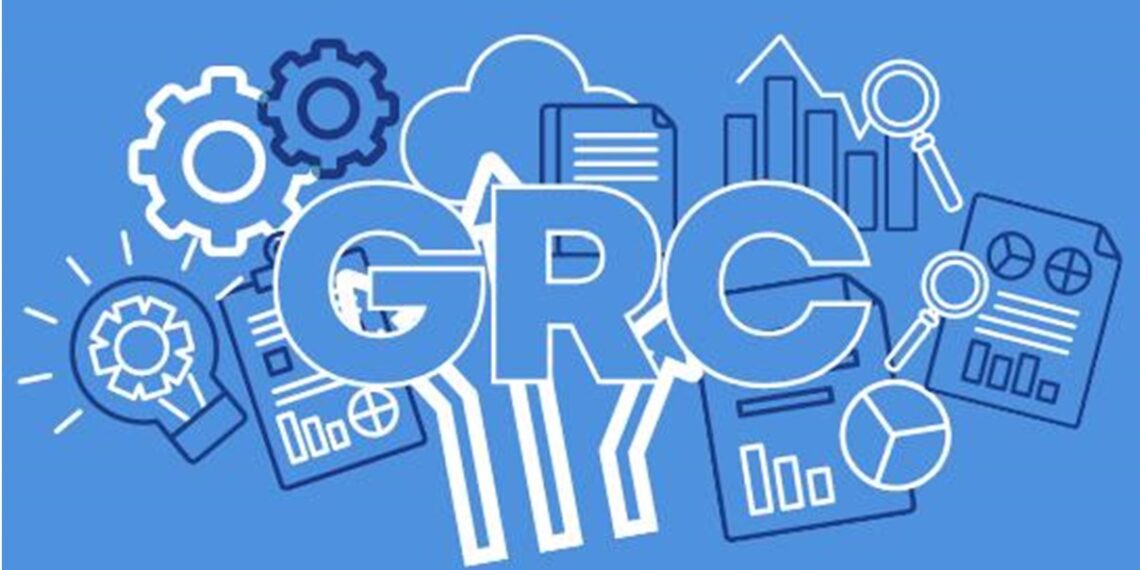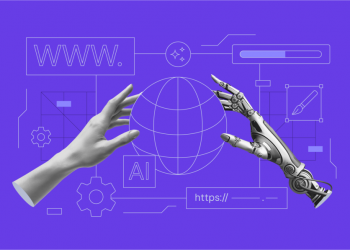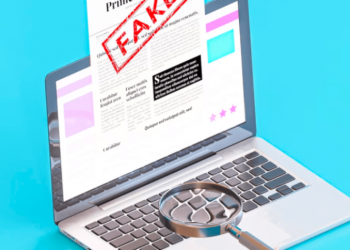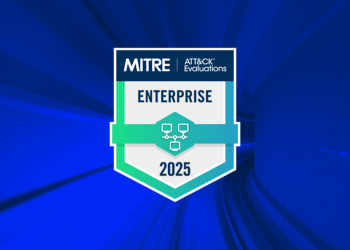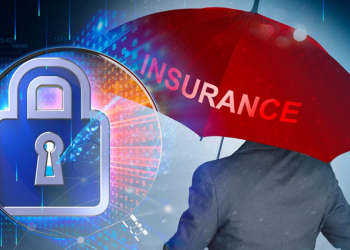Governance, Risk and Compliance (GRC) is a critical aspect of any organization. It ensures that the organizations operate ethically, efficiently and effectively.
However, GRC can be a complex and time-consuming process. As a GRC professional, I’ve witnessed first hand how technology has revolutionized the way organizations approach governance, risk and compliance (GRC).
By leveraging the right tools and solutions, businesses can streamline processes, enhance decision-making, and mitigate risks more effectively. In this article, we’ll explore some essential technologies that are shaping the GRC landscape.
GRC Platforms: The Foundation of Modern GRC
A dedicated GRC platform serves as the cornerstone of effective GRC management. These platforms provide centralized repository for storing and managing all GRC-related information, including policies, procedures, risk assessments, and compliance reports.
GRC platforms also offer features such as automated workflows, dashboards, and analytics to help organizations identify and address risks more efficiently. Examples of such platforms are IBM OpenPages, SAI360, Standard Fusion, ClickUp, Fusion Framework, Riskonnect, ServiceNow, and SAP GRC etc.
Data Analytics: The Key to Informed Decision Making
Data analytics plays a pivotal role in GRC by providing organizations with the insights needed to make informed decisions. By analyzing data from various sources, organizations can gain a deeper understanding of their risk exposure, identify areas for improvement, and demonstrate compliance with regulatory requirements.
GRC platforms often include built-in data analytics capabilities, but organizations may also need to invest in specialized data analytics tools.
Cloud-Based Solutions: Scalability and Flexibility
Most of the GRC Platforms I mentioned above are Cloud-based Software as a Service (SaaS) solutions and they offer several advantages, including scalability, flexibility, and reduced IT costs.
These solutions can be accessed from anywhere with an Internet connection, making it easier for teams to collaborate and share information. Cloud-based GRC platforms also enable organizations to quickly scale their GRC capabilities as their needs evolve.
Integration: The Power of Synergy
To maximize the value of GRC technology, it is essential to integrate it with other systems such as ERP, CRM, and HR systems.
This integration can help automate data flows, reduce manual effort, and provide a more comprehensive view of the organization’s risk profile. By integrating GRC technology with other systems, organizations can create a more cohesive and efficient operating environment.
Leveraging AI and Machine Learning for Enhanced Risk Management
Artificial Intelligence (AI) and Machine Learning (ML) are revolutionizing the way organizations approach risk management.
AI-powered algorithms can analyze vast amounts of data to identify emerging risks and trends, while ML models can automate routine tasks such as policy updates and compliance reporting.
By harnessing the power of AI and ML, organizations can gain a more proactive and data-driven approach to risk management.
Choosing the Right Tools for Your Organization
Selecting the right GRC technology is a critical decision that requires careful consideration. Organizations should evaluate their specific needs, budget, and regulatory requirements to identify the most suitable tools. Factors such as the size of the organization, the complexity of its operations, and the vendor’s reputation should also be considered.
- Michel Arowolois a GRC professional with a passion for leveraging technology to drive effective risk management and compliance. With a strong understanding of GRC principles and a keen eye for innovative solutions, Micheal Arowolo is dedicated to helping organizations navigate the complex landscape of governance, risk, and compliance. He is also the founder of Ikinghub, a trusted and secure digital exchange and trading platform.



